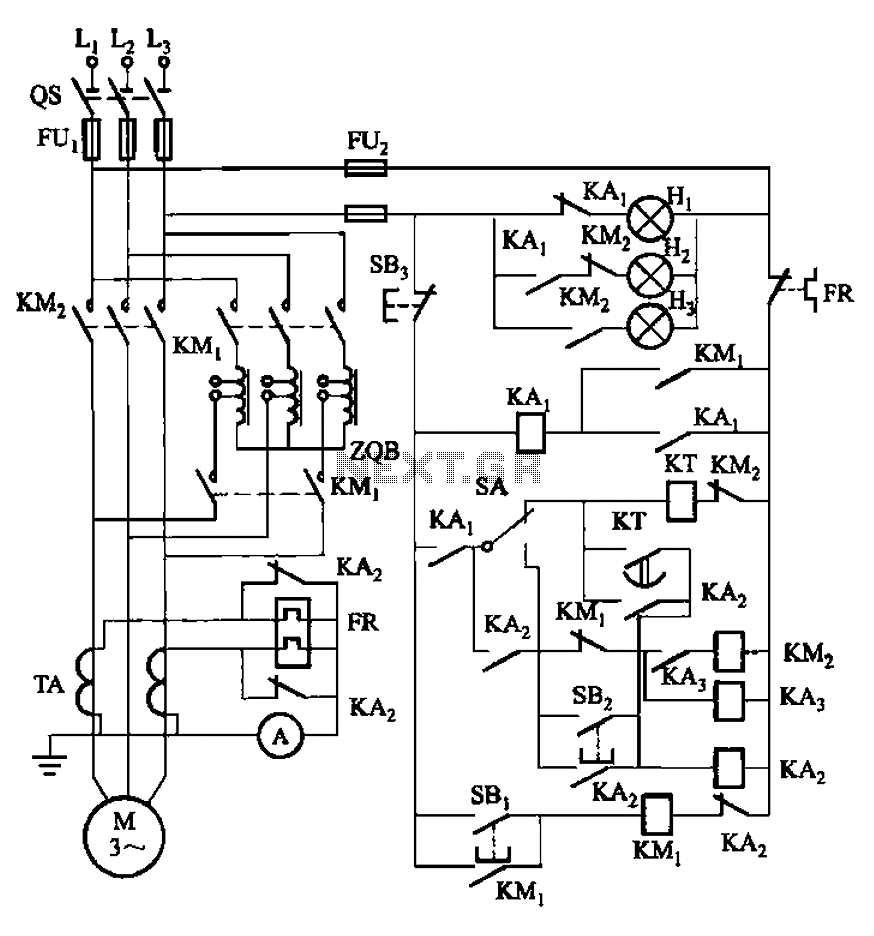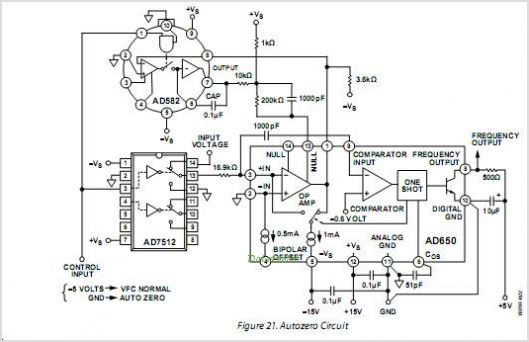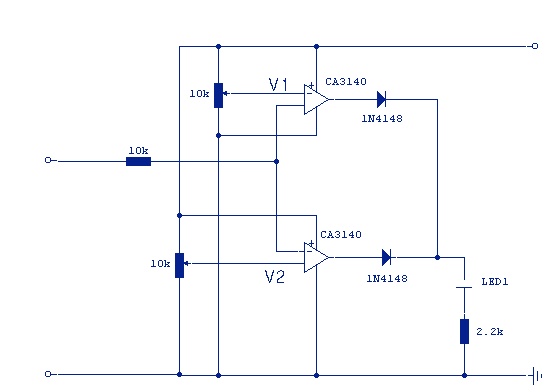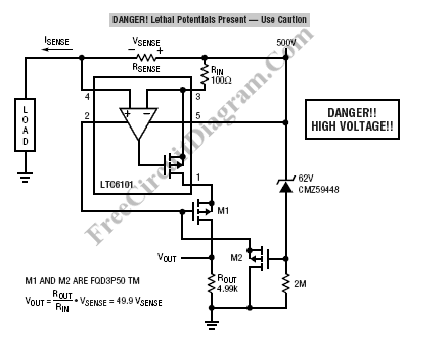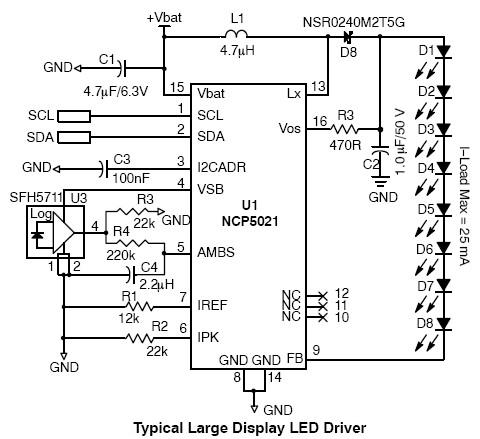
Voltage Gauge
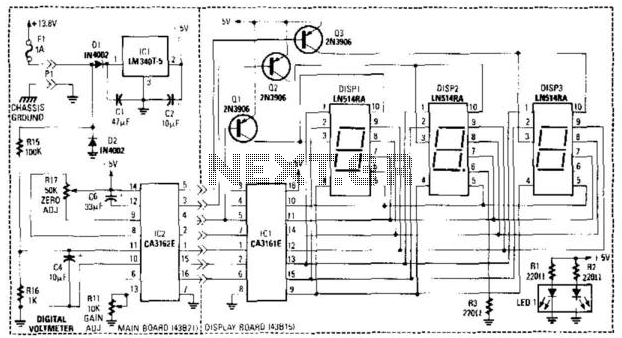
This circuit utilizes an RCA CA3162E (IC2) analog-to-digital (A/D) converter. The converter provides a 12-bit output in binary-coded decimal (BCD), which is sent to the display driver (IC1). A +5 V supply is derived from IC1. Resistor R17 is adjusted to zero, while resistor R11 is calibrated to ensure the accuracy of the gauge unit. The displays employed are of the common cathode type, and no limiting resistors are required due to the constant current output drivers. Resistors R15 and R16 are used to sample the applied voltage, typically ranging from 8 to 18 V. An LED (LED1) is incorporated to illuminate the gauge legend, indicating measurements such as voltage and temperature.
The circuit employs the RCA CA3162E A/D converter, which is integral for converting analog signals into digital format. This component is particularly notable for its 12-bit resolution, allowing for precise representation of the input signals. The BCD output from the A/D converter is interfaced with a display driver (IC1), which is responsible for driving the display elements.
The power supply for the circuit is established through IC1, which outputs a regulated +5 V necessary for the operation of the A/D converter and other associated components. The calibration of the gauge unit is critical for accurate readings; thus, R11 is adjustable to ensure that the output reflects the true value of the measured parameter. Meanwhile, R17 is set to zero, serving as a baseline for the calibration process.
The choice of common cathode displays simplifies the design, as it eliminates the need for additional limiting resistors. This is advantageous because the output drivers are designed to provide a constant current, ensuring consistent brightness and clarity of the display without the risk of damage from overcurrent conditions.
The resistors R15 and R16 play a vital role in voltage sensing. By sampling the applied voltage, which typically falls within the range of 8 to 18 V, these resistors allow the circuit to monitor and display the relevant measurements accurately. The inclusion of LED1 enhances the user interface by providing visual cues through illumination, indicating the parameters being measured, such as voltage and temperature. This design approach not only improves functionality but also enhances user experience by making the gauge readings easily interpretable. This circuit uses an RCA CA3162E (IC2) A/D converter. This converter has 12-bit output (BCD) which is sent to display decoder driver IC1. +5 V is obtained from IC1. R17 adjusts to 0 and Rll should be set to produce correct calibration of gauge unit. Displays are common cathode types. No limiting resistors are necessary because the output drivers are constant current. R15 and R16 sample the applied voltage (usually 8 to 18 V). LED1 is used to illuminate the gauge legend (Volts, Temp, etc.).
The circuit employs the RCA CA3162E A/D converter, which is integral for converting analog signals into digital format. This component is particularly notable for its 12-bit resolution, allowing for precise representation of the input signals. The BCD output from the A/D converter is interfaced with a display driver (IC1), which is responsible for driving the display elements.
The power supply for the circuit is established through IC1, which outputs a regulated +5 V necessary for the operation of the A/D converter and other associated components. The calibration of the gauge unit is critical for accurate readings; thus, R11 is adjustable to ensure that the output reflects the true value of the measured parameter. Meanwhile, R17 is set to zero, serving as a baseline for the calibration process.
The choice of common cathode displays simplifies the design, as it eliminates the need for additional limiting resistors. This is advantageous because the output drivers are designed to provide a constant current, ensuring consistent brightness and clarity of the display without the risk of damage from overcurrent conditions.
The resistors R15 and R16 play a vital role in voltage sensing. By sampling the applied voltage, which typically falls within the range of 8 to 18 V, these resistors allow the circuit to monitor and display the relevant measurements accurately. The inclusion of LED1 enhances the user interface by providing visual cues through illumination, indicating the parameters being measured, such as voltage and temperature. This design approach not only improves functionality but also enhances user experience by making the gauge readings easily interpretable. This circuit uses an RCA CA3162E (IC2) A/D converter. This converter has 12-bit output (BCD) which is sent to display decoder driver IC1. +5 V is obtained from IC1. R17 adjusts to 0 and Rll should be set to produce correct calibration of gauge unit. Displays are common cathode types. No limiting resistors are necessary because the output drivers are constant current. R15 and R16 sample the applied voltage (usually 8 to 18 V). LED1 is used to illuminate the gauge legend (Volts, Temp, etc.).
